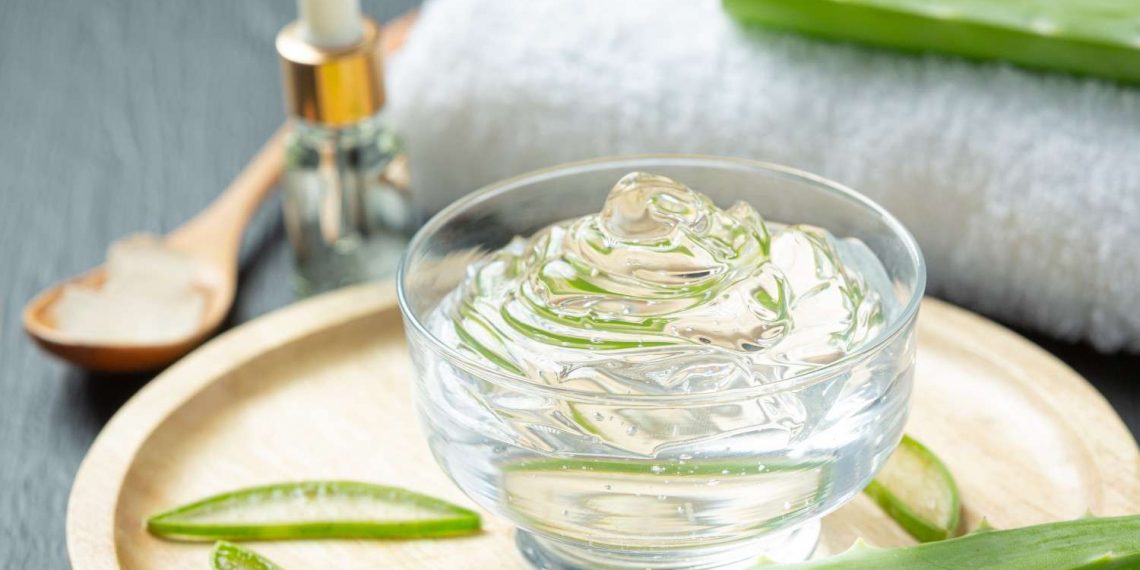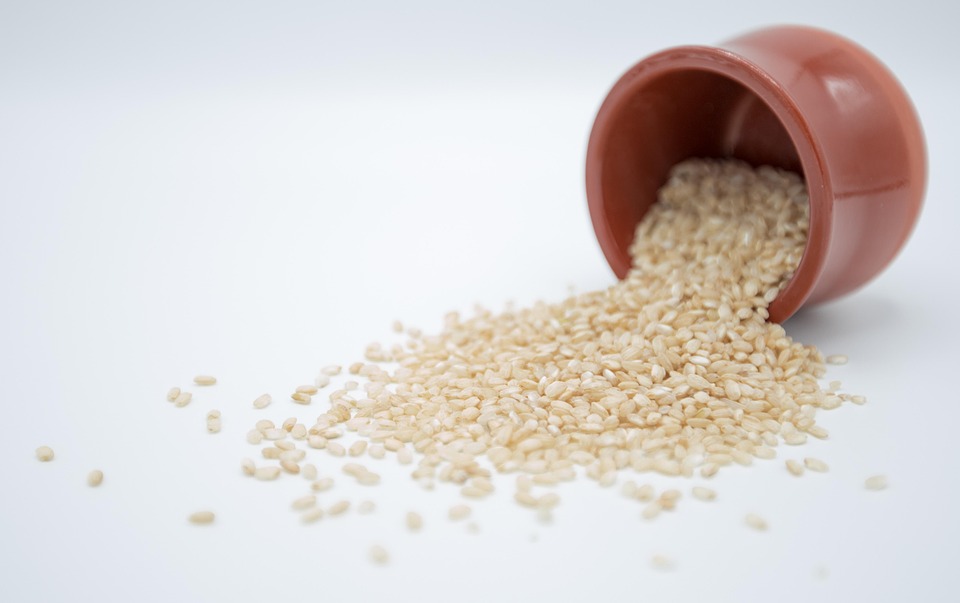Ah, summer! Sunshine, beach trips, and those long, lazy days outdoors. But let’s be real: with all that fun in the sun, sunburn can sneak up on you like an unexpected rain shower. If you’ve ever gone from a golden glow to a sizzling lobster red, you know that relief is a top priority. One of the best-kept secrets? Aloe gel. Let’s dive into five soothing remedies that incorporate this magical plant to help ease your sunburn woes.
Contents
The Power of Aloe Gel
Before we jump into the remedies, let’s talk about aloe vera. This succulent plant has been used for centuries for its healing properties. Aloe gel is not just a pretty face; it’s packed with vitamins, minerals, and antioxidants that can help soothe and heal sunburned skin. Studies show that aloe vera can reduce inflammation and promote skin healing, making it a go-to for sunburn relief (Kumar et al., 2014).
So, how do we harness the power of aloe gel for sunburn relief? Here are five remedies that can help you recover from that fiery burn.
1. Pure Aloe Vera Gel
What You Need:
- Fresh aloe vera leaf (or store-bought pure aloe gel)
How to Use:
- If using a fresh leaf, cut it open and scoop out the gel.
- Apply a generous amount directly to the sunburned areas.
- Let it absorb into the skin—no need to rinse!
Pros:
- Direct application of pure aloe gel can provide immediate cooling relief.
- It’s natural and free from added chemicals.
Cons:
- If you’re using fresh aloe, it might be a bit messy.
- Not everyone has access to fresh aloe leaves.
Personal Insight:
I’ve found that fresh aloe straight from the plant feels like a mini spa treatment. The coolness is instant, and it smells earthy—not like the synthetic stuff you get in a bottle.
2. Aloe and Coconut Oil Mix
What You Need:
- 2 tablespoons of pure aloe vera gel
- 1 tablespoon of coconut oil
How to Use:
- Mix the aloe gel and coconut oil in a bowl until well combined.
- Gently massage the mixture into the sunburned skin.
Pros:
- Coconut oil adds moisture and has its own soothing properties.
- This combo can help lock in hydration.
Cons:
- Coconut oil can feel greasy for some people, especially if you’re already sweating.
- Avoid this remedy if you have oily or acne-prone skin.
Fun Fact:
Coconut oil has been shown to have anti-inflammatory and antimicrobial properties, making it a great partner for aloe (Huang et al., 2015).
3. Aloe and Green Tea Spray
What You Need:
- 1 cup brewed green tea (cooled)
- 1/2 cup pure aloe vera gel
- A spray bottle
How to Use:
- Brew green tea and let it cool completely.
- Mix the cooled tea with aloe gel in the spray bottle.
- Shake well and spray onto sunburned skin for a refreshing mist.
Pros:
- Green tea is rich in antioxidants, which can help reduce inflammation.
- The spray format is super refreshing and easy to apply.
Cons:
- You’ll need to brew the tea in advance, which takes a bit of planning.
- The spray may not provide as much moisture as a cream or gel.
Reader Experience:
I remember a friend who swore by this method after a beach trip. She’d keep the spray in the fridge for an extra cooling effect, and it became her go-to remedy!
4. Aloe, Honey, and Yogurt Mask
What You Need:
- 2 tablespoons of pure aloe vera gel
- 1 tablespoon of honey
- 2 tablespoons of plain yogurt
How to Use:
- Mix all ingredients in a bowl until smooth.
- Apply the mixture to the sunburned skin and leave it on for 20-30 minutes.
- Rinse off with cool water.
Pros:
- Honey has natural antibacterial properties and can help with healing (Molan, 2011).
- Yogurt contains probiotics and lactic acid, which can soothe the skin.
Cons:
- This one’s a bit messy and requires some clean-up afterward.
- If you’re allergic to any of the ingredients, it’s best to steer clear.
A Little Humor:
Let’s just say, if you’re planning to go out after this mask, you might want to keep a low profile. You’ll look like you just had a run-in with a bee and a dairy farm!
5. Aloe and Oatmeal Bath
What You Need:
- 1 cup of colloidal oatmeal (or grind oats into a fine powder)
- 1/2 cup of pure aloe vera gel
- A bathtub filled with cool water
How to Use:
- Add the colloidal oatmeal to your cool bath.
- Stir in the aloe vera gel until well mixed.
- Soak for 15-20 minutes.
Pros:
- A soothing bath can cover large areas of sunburned skin.
- Oatmeal is well-known for its skin-soothing properties.
Cons:
- This remedy requires a bath, which might not be practical for everyone.
- If you have a small tub, it might feel cramped.
Real Talk:
After a long day in the sun, there’s nothing quite like a cool bath. Adding aloe and oatmeal makes it feel like a luxurious spa experience, even if you’re just at home.
FAQs
1. How often can I apply aloe gel to sunburned skin?
You can apply aloe gel as often as needed, ideally every few hours for maximum relief.
2. Can I use aloe gel if my skin is peeling?
Yes, aloe can help soothe peeling skin, but be gentle when applying to avoid irritation.
3. Are there any side effects of using aloe vera?
Most people tolerate aloe well, but some may experience allergic reactions. Always do a patch test first.
4. Is it safe to use these remedies on children?
Generally, yes, but always consult with a pediatrician before applying any new product to a child’s skin.
Conclusion
Sunburn isn’t just a little bit of discomfort; it can be a real pain—literally. But with aloe gel and these soothing remedies, you can find some relief and start the healing process. Whether you opt for pure aloe, mix it with coconut oil, or whip up a yogurt mask, the key is to hydrate and soothe your skin.
Remember, prevention is always better than cure, so don’t forget the sunscreen next time you’re out basking in the sun!
This article is for educational purposes only and is not a substitute for professional medical advice. Always consult a qualified healthcare provider before making changes to your health routine.
References
-
Huang, Y., et al. (2015). The Role of Coconut Oil in Health: A Review. Journal of Nutrition & Food Sciences, 5(2). https://www.omicsonline.org/open-access/the-role-of-coconut-oil-in-health-a-review-2155-9600-1000459.php?aid=64762
-
Kumar, S., et al. (2014). A Review on Aloe Vera: Its Health Benefits and Uses. International Journal of Herbal Medicine, 2(5), 1-5. http://www.sanskritihomoeopathy.com/images/Aloe_Vera.pdf
-
Molan, P. (2011). The Potential of Honey to Promote Oral Health. Journal of Dentistry, 39(1), 1-7. https://www.ncbi.nlm.nih.gov/pmc/articles/PMC3223688/
Get Your FREE Natural Health Guide!
Subscribe now and receive our exclusive ebook packed with natural health tips, practical wellness advice, and easy lifestyle changes — delivered straight to your inbox.














